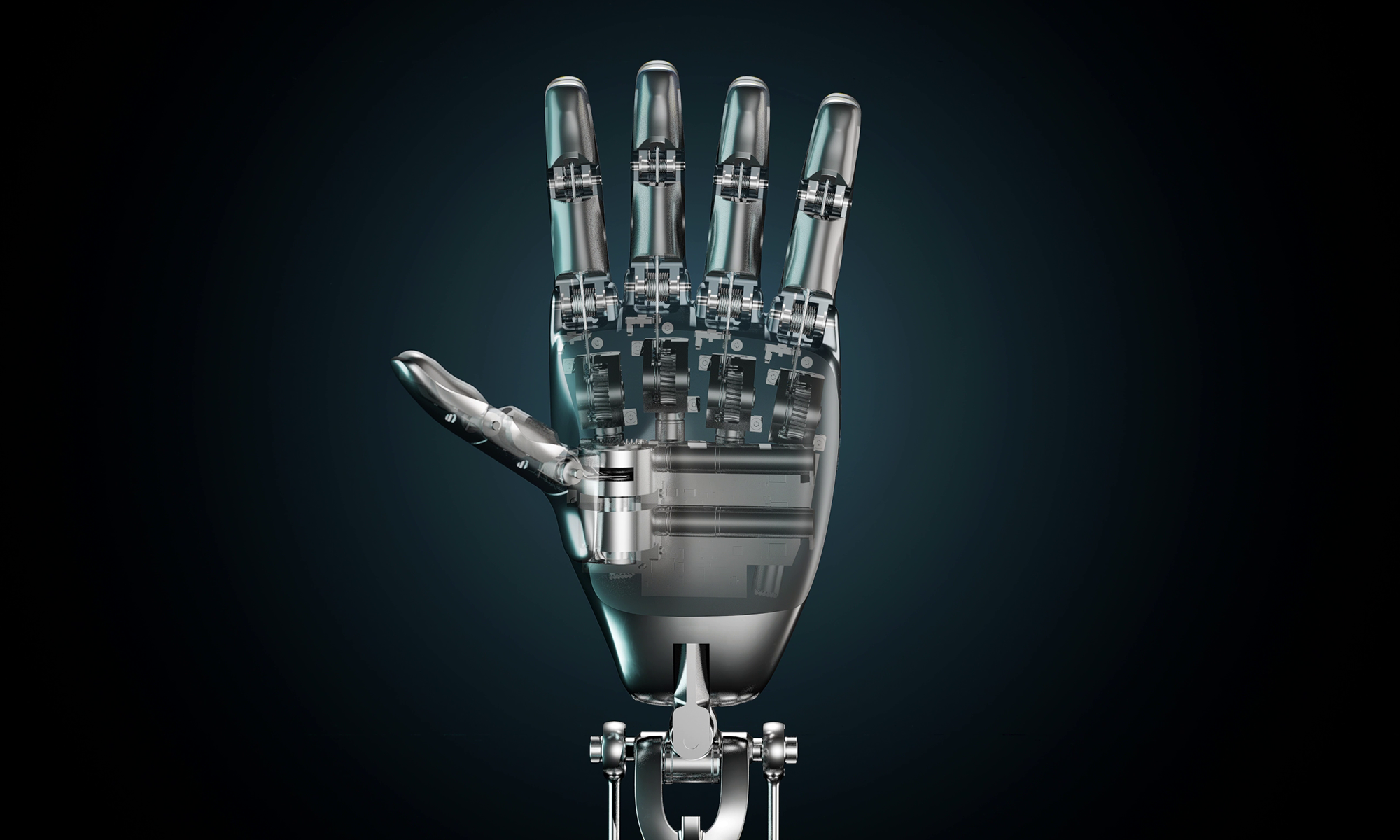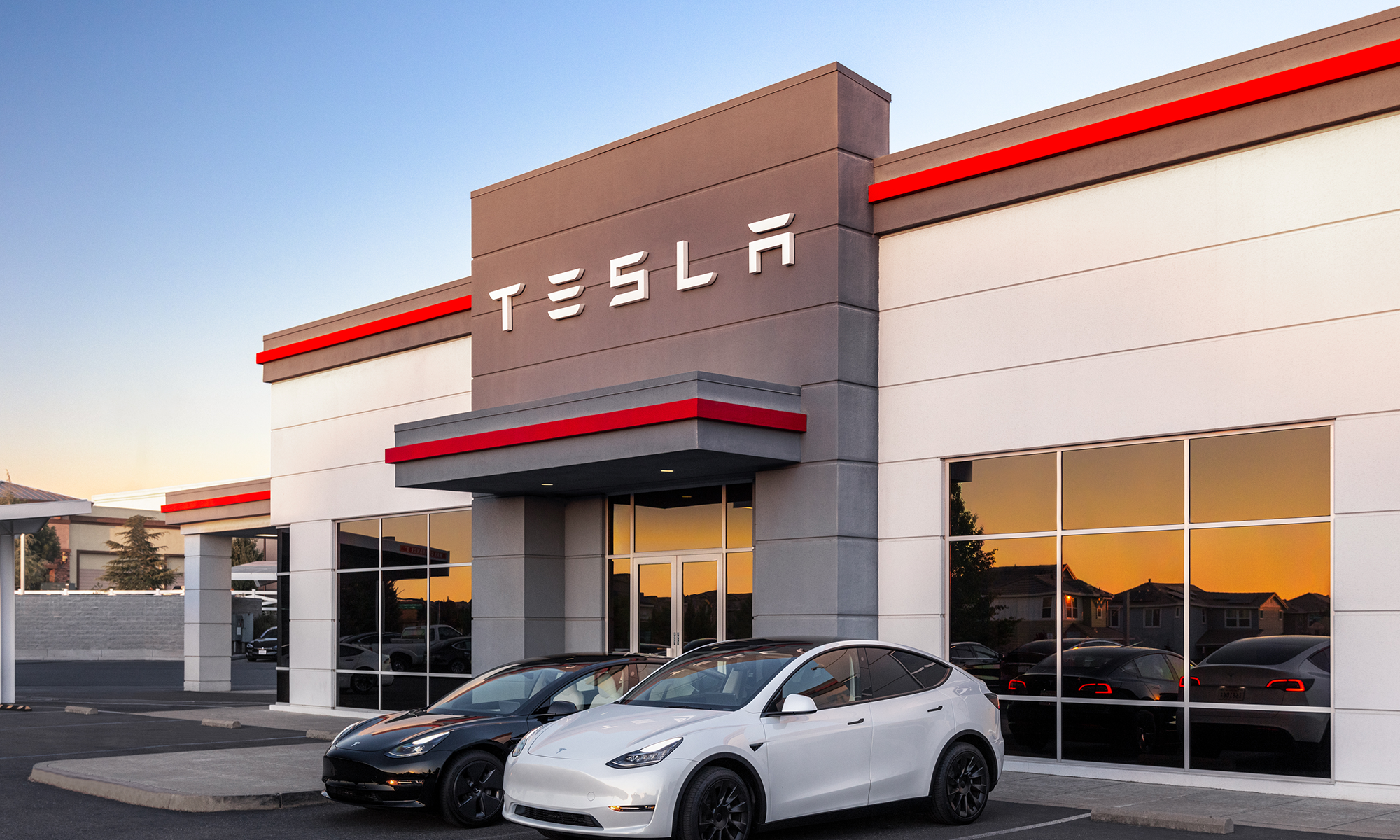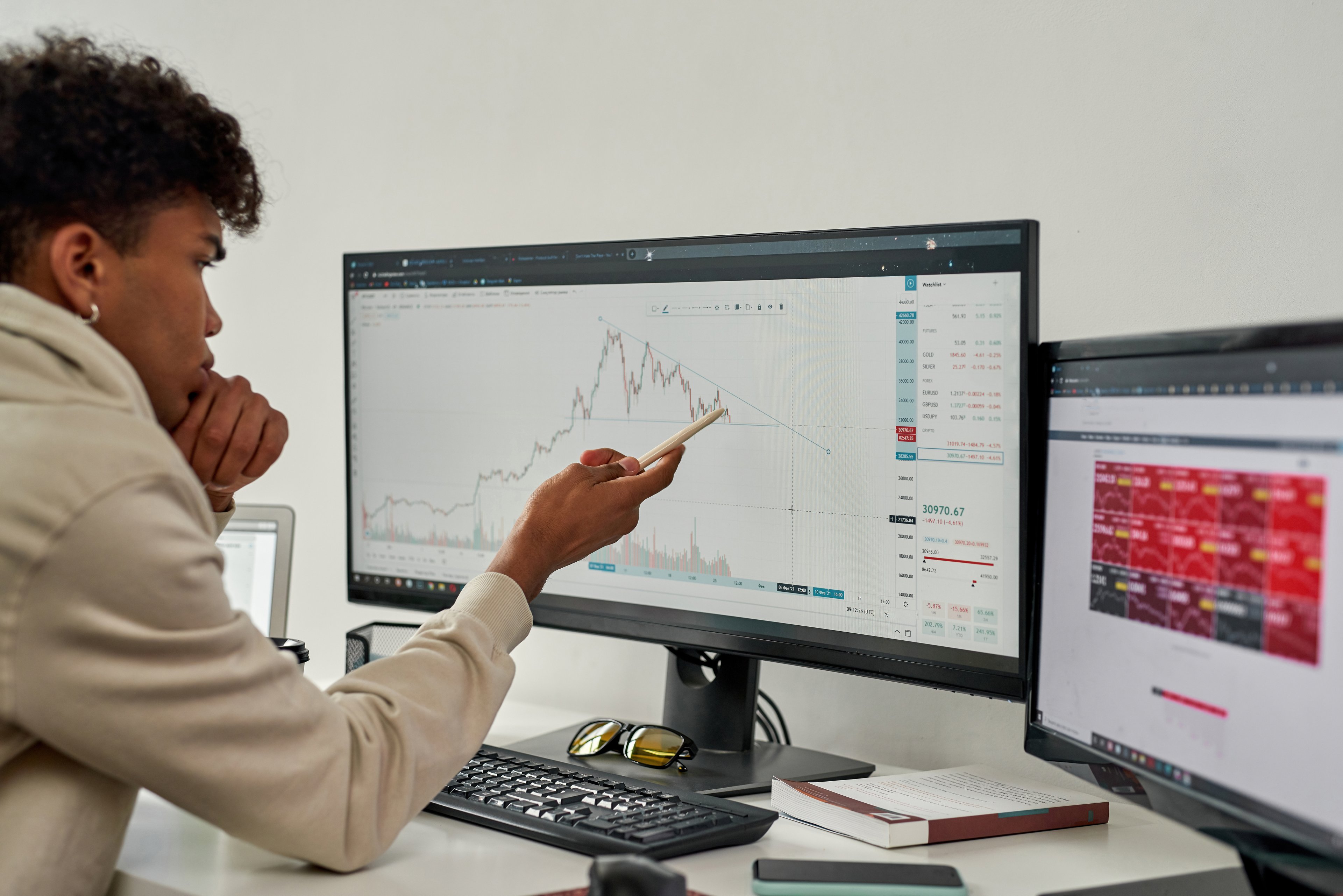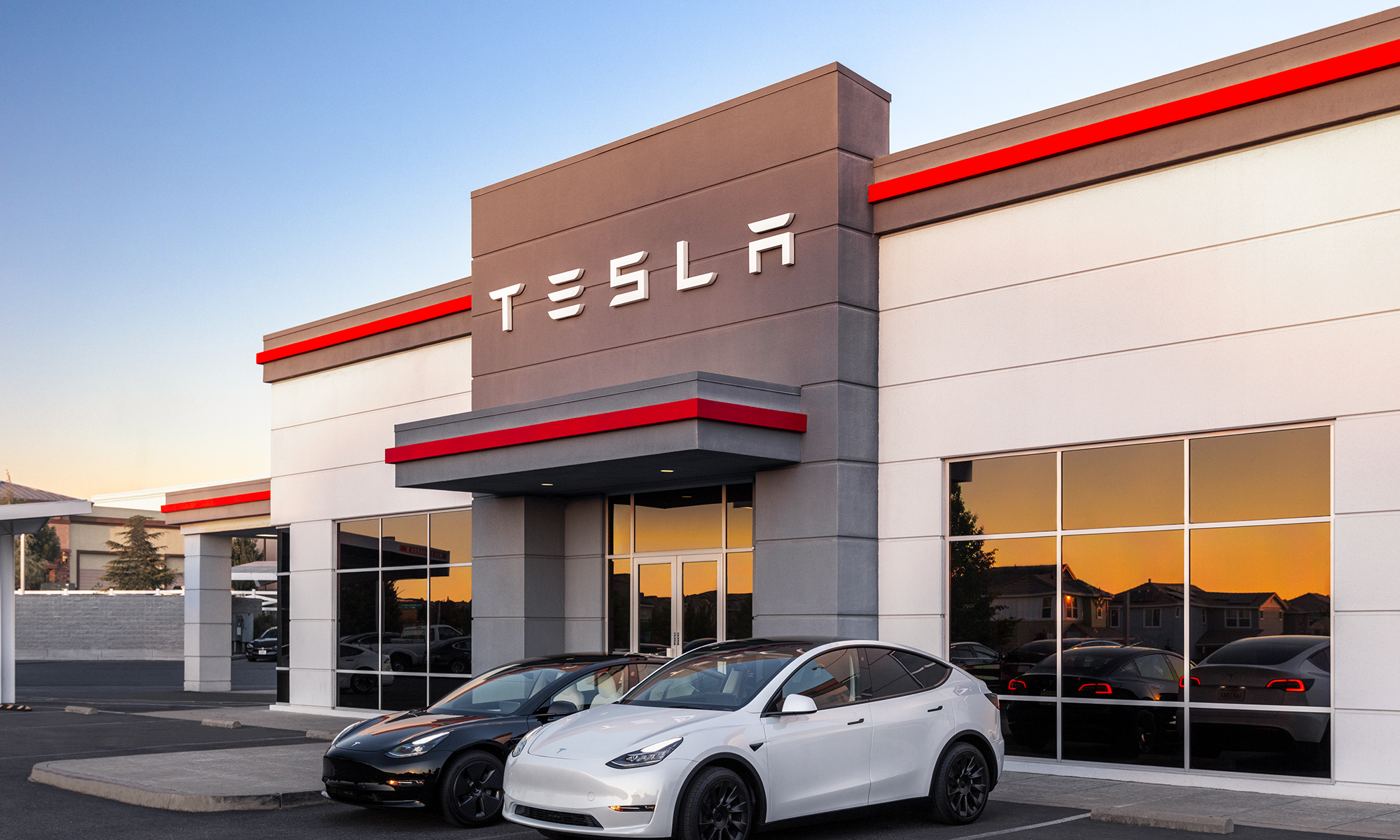Tesla (TSLA 0.32%) is one of the world's leading electric vehicle (EV) manufacturers, but many analysts believe the company's true value lies in its futuristic product platforms like the autonomous robotaxi and Optimus humanoid robot. In fact, CEO Elon Musk believes those products will make Tesla the largest company in the world one day.
In a conference call earlier this year, Musk even told investors Tesla could eventually surpass the value of the next five largest companies combined. Today, they would be Nvidia, Microsoft, Apple, Amazon, and Alphabet, which have a combined value of $15 trillion.
Heading into June, Tesla's June announcement of a limited release of self-driving cars (with human supervision) sent investors into a frenzy. But the launch turned people's attention away from a very serious problem: The company's passenger EV sales -- which account for 72% of its total revenue -- are declining. Here's why this could drive Tesla stock down by 70% (or more).

Image source: Getty Images.
Tesla's EV sales continue to slide
Tesla delivered 1.79 million EVs during 2024, which was a 1% decline from the previous year. It was the company's first annual drop in sales since it launched the flagship Model S in 2011, so alarm bells started ringing with respect to demand. Then in the first quarter of 2025, Tesla delivered 336,681 EVs, which represented an accelerated year-over-year decline of 13%.
On July 2, investors received another update when Tesla announced its production and delivery numbers for the second quarter (ended June 30). The company delivered 384,122 EVs to customers, which was also down 13% year over year. That puts Tesla on track for an even sharper annual decline in sales during 2025 than it suffered in 2024, and it will have serious implications for the company's financial results.
Competition is a big reason for the declines. For example, Europe saw a 26% increase in EV sales in May, whereas Tesla's sales plunged by 40%, marking the fifth straight month of declines in the region. As it turns out, Chinese EV brands doubled their European market share during May, so it appears consumers are simply choosing alternatives to Tesla.
China-based BYD sells its entry-level Seagull EV for under $10,000 in its domestic market. It just launched in Europe as the BYD Dolphin Surf, with a starting price of $23,500. Tesla's popular Model Y starts at $53,000 in Europe, and its more affordable Model 3 has an entry price of $50,000. In other words, Tesla can't compete with the Chinese automakers on price, so it's now at a massive disadvantage in some of its largest markets.

NASDAQ: TSLA
Key Data Points
Tesla just rolled out supervised robotaxis
The main reason Musk doesn't want to engage in a race-to-the-bottom price war with Chinese EV brands is because he feels the future of mobility will be autonomous. As a result, he's directing more of Tesla's resources into the Cybercab robotaxi, which was unveiled last year. It will run entirely on the company's full self-driving (FSD) software, so it won't be fitted with pedals or even a steering wheel.
The goal is to have millions of Cybercabs on the road worldwide, autonomously hauling passengers and completing small commercial deliveries to create an around-the-clock revenue stream for Tesla. Ark Investment Management, which is run by Cathie Wood, believes Tesla could generate $1.2 trillion in annual revenue by 2029, with 63% ($756 billion) coming from its robotaxi business alone. But the company's FSD software isn't approved for unsupervised use anywhere in the U.S. at the moment, so scaling the Cybercab is going to be a very long and cumbersome process.
As I mentioned earlier, Tesla launched an invite-only supervised robotaxi program in June. It started rolling out passenger EVs -- like the Model Y -- with FSD software installed, and they are completing autonomous trips around Austin, Texas, with a human supervisor in the passenger seat at all times. Tesla is now expanding the program across the city, but the truth is it's already behind when it comes to commercialization.
Alphabet's Waymo is completing over 250,000 paid trips every week across four U.S. cities with no human supervision, and it's partnered with Uber Technologies, which is the world's largest ride-hailing platform with 170 million monthly users. Tesla is building its network from scratch, and there is no guarantee it will come out ahead of the competition when it eventually achieves scale.
Tesla's valuation sets up a potential crash of 70% (or more)
Declining EV sales are crushing Tesla's financial results. During the first quarter of 2025, the company's total revenue shrank by 9%, and its earnings plummeted by 71% to just $0.12 per share on a generally accepted accounting principles (GAAP) basis. In other words, Tesla might be on the brink of losing money in the coming quarters if it doesn't find a way to grow its sales (unless it dramatically slashes costs).
Tesla stock is down by around 34% from its record high, but that decline pales in comparison to the drop in its earnings. As a result, its stock is trading at a sky-high price-to-earnings (P/E) ratio of 173.4.
Nvidia, Microsoft, Apple, Amazon, and Alphabet trade at an average P/E ratio of 35.4, so Tesla is drastically more expensive than each of them individually. If Tesla were to become more valuable than all of them combined, its P/E ratio would soar into the thousands, which simply isn't justifiable in the company's current state.

TSLA PE Ratio data by YCharts.
If FSD and the Cybercab become as successful as firms like Ark Investment Management expect, then it's possible Tesla's current stock price will look cheap when we reflect back on this moment in five or 10 years from now. But FSD still needs to clear several regulatory hurdles across the U.S. alone, and there is no telling whether consumers will choose Tesla's ride-hailing network over more established networks like Uber.
As a result, betting on Tesla right now presents significant potential risks. Its stock would have to plunge by 79% just for its P/E ratio to trade in line with the average of its five big-tech peers I highlighted above (35.4). It would have to plummet by 71% just for its P/E ratio to match Nvidia's, which is one of the highest-quality and fastest-growing companies in the world right now.
Significant declines could be on the table if Tesla's EV sales keep shrinking, or if its robotaxi business fails to take off over the next couple of years.





